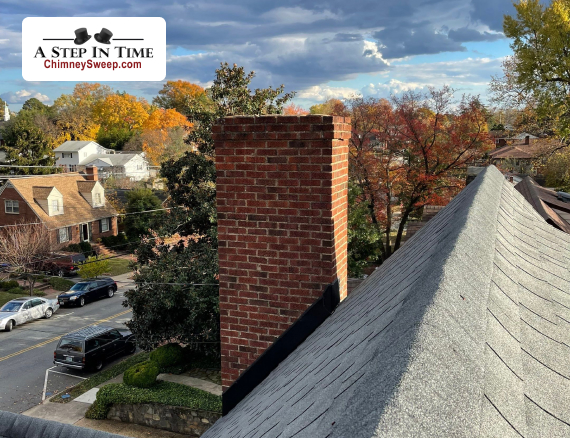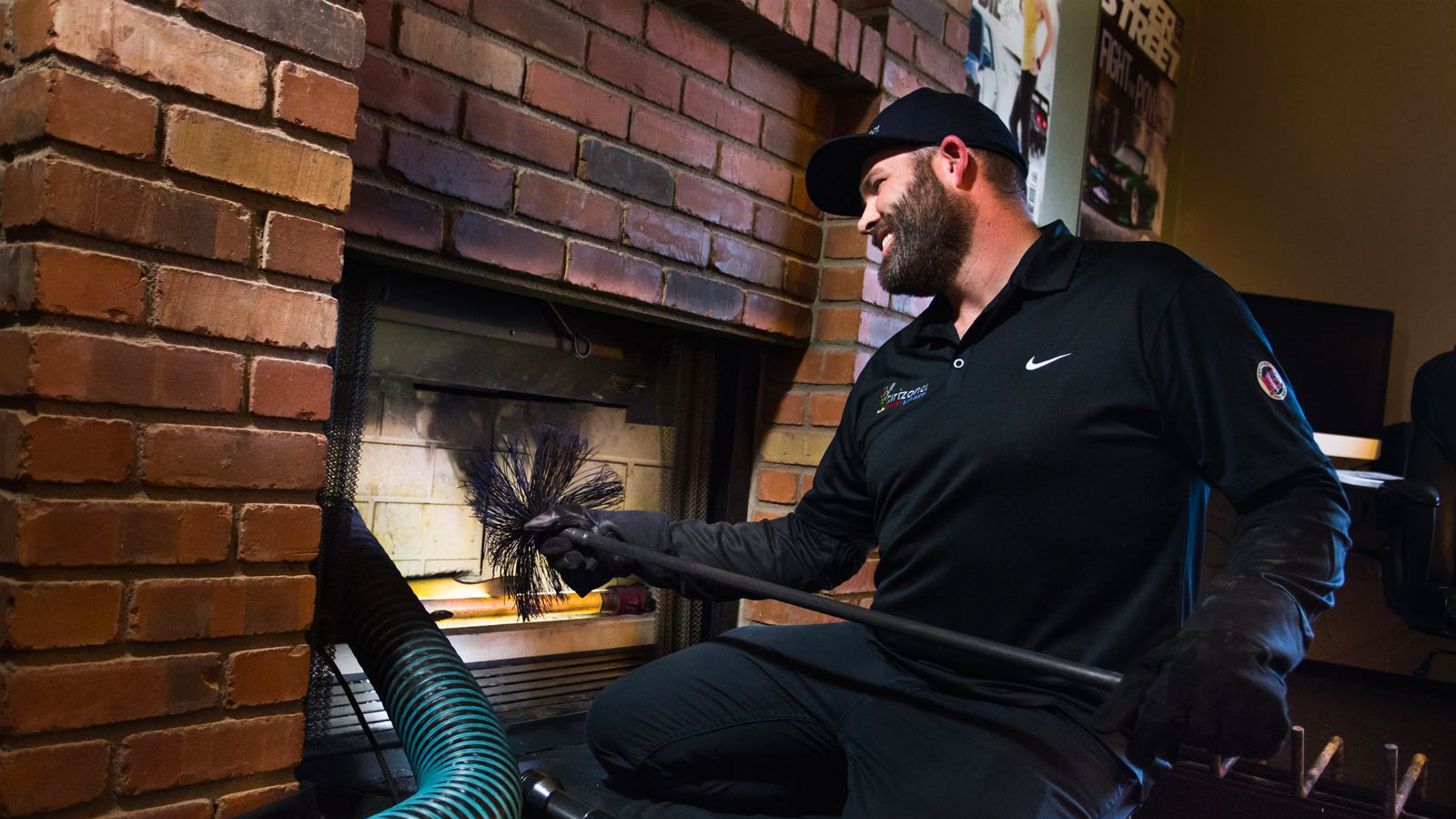Secure: Chimney Sweep San Jose Specialists at Your Service
Secure: Chimney Sweep San Jose Specialists at Your Service
Blog Article
The Hidden Dangers of Neglecting Chimney Sweeper and Maintenance
Ignoring chimney move and upkeep can have extreme effects that are usually overlooked by home owners. The hidden threats can vary from smokeshaft fires and hazardous gas release to architectural damages and carbon monoxide poisoning. This is why it is necessary to focus on regular smokeshaft upkeep and sweep services.
Chimney fires are a common threat triggered by the buildup of combustible creosote within the smokeshaft. These fires can rapidly spread to the remainder of the house, leading to ravaging repercussions. Hazardous gases, such as carbon monoxide gas, can also be launched into the home if the chimney is not correctly kept. This odorless and colorless gas can be extremely unsafe, causing illness or perhaps fatality. Additionally, ignoring smokeshaft upkeep can result in architectural damages, consisting of collapses and splits, compromising the security and stability of the whole home.
By understanding the concealed threats and taking positive steps to ensure smokeshaft move and maintenance, house owners can secure themselves and their family members from these prospective hazards.
Smokeshaft Discharges
When routine sweep and upkeep are disregarded,Chimney fires present a considerable hazard to residential homes. The build-up of creosote, an extremely combustible substance, within the smokeshaft can result and spark in a hazardous fire. When timber or fossil fuels are burned, Creosote is a byproduct of insufficient combustion and is formed. In time, this material accumulates on the internal walls of the chimney, increasing the danger of a fire episode.
When a chimney fire happens, the extreme warmth can create the flue tiles to crack or collapse, enabling the fire to spread out to the bordering areas of your home. The fires can breach the chimney structure and prolong right into the wall surfaces or attic, resulting in comprehensive building damages and possibly endangering the lives of the residents.
In addition, the smoke and harmful gases created throughout a smokeshaft fire can pose a major health risk. The inhalation of these gases, such as carbon monoxide, can be fatal. Even if the fire is included within the smokeshaft, smoke can permeate right into the living space, polluting the air and causing respiratory problems.
To stop smokeshaft fires, normal smokeshaft moves and upkeep are crucial. Specialist chimney sweeper can get rid of the built-up creosote and inspect the chimney for any type of signs of damage or clogs, guaranteeing that it remains in risk-free functioning problem. Disregarding these preventive measures can cause devastating repercussions for property owners, making smokeshaft discharges a significant risk that ought to never be ignored.
Toxic Gas Launch

The release of these hazardous gases during a smokeshaft fire can have major consequences. Firstly, the passengers of the residential or commercial property are at risk of breathing in these hazardous gases, which can bring about instant illness or even fatalities. Second of all, the architectural honesty of the building can be jeopardized as these gases can wear away steel elements, such as flue linings and smokeshaft caps. This corrosion compromises the chimney system, making it much more susceptible to collapse or additional damage.
To protect against the launch of poisonous gases throughout a chimney fire, regular smokeshaft maintenance and move are critical. By focusing on smokeshaft maintenance and move, home owners can alleviate the risk of hazardous gas launch and guarantee the security of their owners and residential or commercial property.
Architectural Damage
Among the effects of ignoring chimney sweeper and maintenance is the possibility for substantial architectural damages. With time, the build-up of creosote, debris, and other materials in the chimney can bring about different concerns that jeopardize the structural honesty of the entire system.
One of the main concerns is the formation of chimney fires. When creosote, an extremely flammable material, accumulates inside the chimney, it can ignite and result in a fire that can swiftly spread out to the remainder of the house. The extreme warm generated by these fires can create severe damages to the official source chimney's stonework, resulting in splits, crumbling mortar, and even the collapse of the smokeshaft itself.
Additionally, ignoring smokeshaft upkeep can result in dampness seepage. Leakages or splits in the chimney can permit water to go into, causing water damage and deterioration of the chimney's structure. In time, this can weaken the blocks, mortar, and other materials, causing them to break down and potentially collapse.
Additionally, the existence of pets and bugs in ignored chimneys can likewise add to architectural damages. Chimney Sweep San Jose. Animals such as birds and squirrels can build nests and leave particles that obstructs the chimney and avoids proper air flow. This clog can bring about an accumulation of harmful gases, decreased performance, and also structural collapse
Carbon Monoxide Gas Poisoning
Carbon monoxide gas poisoning is a potential danger that can emerge from neglecting smokeshaft move and upkeep. Carbon monoxide (CO) is an anemic, unsmelling gas that is created when fuels such as gas, wood, coal, and oil are burned. When a chimney is not appropriately kept or swept frequently, it can come to be blocked or obstructed, preventing the correct ventilation of CO. This can cause an unsafe buildup of carbon monoxide in the home, which can have major health and wellness consequences.
Direct exposure to high degrees of carbon monoxide can be life-threatening. Signs and symptoms of carbon monoxide gas poisoning include migraines, lightheadedness, problem, queasiness, and confusion breathing. In extreme instances, it can lead to loss of consciousness, body organ damages, and also fatality. Babies, the elderly, and individuals with pre-existing respiratory system conditions are specifically at risk to the results of carbon monoxide gas poisoning.
Regular chimney sweeper and maintenance are important to protect against carbon monoxide gas poisoning. An expert chimney sweeper can eliminate any clogs or blockages, ensuring that CO can safely leave the home. Furthermore, regular evaluations can identify any kind of potential concerns or damage to the smokeshaft that may contribute to carbon monoxide accumulation.
To protect on your own and your family from the dangers of carbon monoxide gas poisoning, it is crucial to focus on chimney sweep and upkeep. By doing so, you can maintain a healthy and visit this website balanced and risk-free living setting.
Creosote Accumulation
1. A considerable problem related to overlooking chimney sweeper and upkeep is the build-up of creosote. Creosote is a black, tar-like material that forms when timber or nonrenewable fuel sources are melted. It is highly flammable and can present major risks to both the smokeshaft and the home otherwise appropriately attended to.
Creosote buildup happens when the by-products of burning, such as smoke, gases, and bits, trendy and condense on the internal wall surfaces of the chimney (Chimney Sweep San visit their website Jose). Over time, this sticky residue can gather and set, developing a thick layer that restricts air flow and boosts the threat of chimney fires
One of the primary risks of creosote build-up is the possibility for a smokeshaft fire. Creosote is very flammable and can stir up at high temperatures. As soon as stired up, it can melt at an extreme warmth, possibly creating substantial damages to the smokeshaft framework and infecting various other components of the home.
Along with the danger of fire, creosote accumulation can also bring about poor smokeshaft efficiency. As the layer of creosote enlarges, it can block the flue, reducing the air flow and preventing correct air flow. This can create smoke to support right into the home, resulting in respiratory problems and carbon monoxide poisoning.

Verdict
Finally, overlooking chimney sweep and maintenance can result in severe effects. Smokeshaft fires can create considerable damage to the structure and put lives in jeopardy. Harmful gas release and carbon monoxide poisoning can lead to serious carcinogen. Additionally, the buildup of creosote can further increase the risk of smokeshaft fires. Therefore, normal smokeshaft upkeep is vital to make certain the safety and security and wellness of individuals and their residential property.
Chimney fires are a common threat triggered by the accumulation of combustible creosote within the chimney.To prevent smokeshaft fires, routine smokeshaft moves and maintenance are important. Professional smokeshaft sweeps can remove the built-up creosote and check the smokeshaft for any indicators of damage or obstructions, making sure that it is in safe functioning condition.To stop the release of poisonous gases during a smokeshaft fire, normal chimney upkeep and sweep are essential. The extreme heat created by these fires can cause extreme damage to the chimney's stonework, leading to fractures, collapsing mortar, and even the collapse of the smokeshaft itself.
Report this page